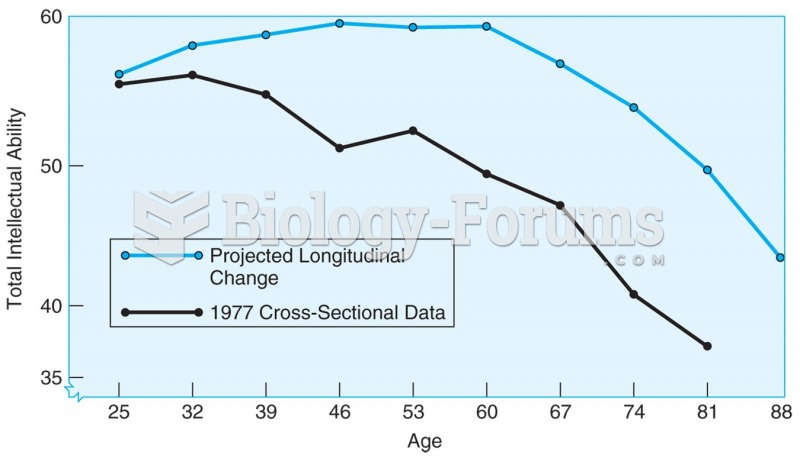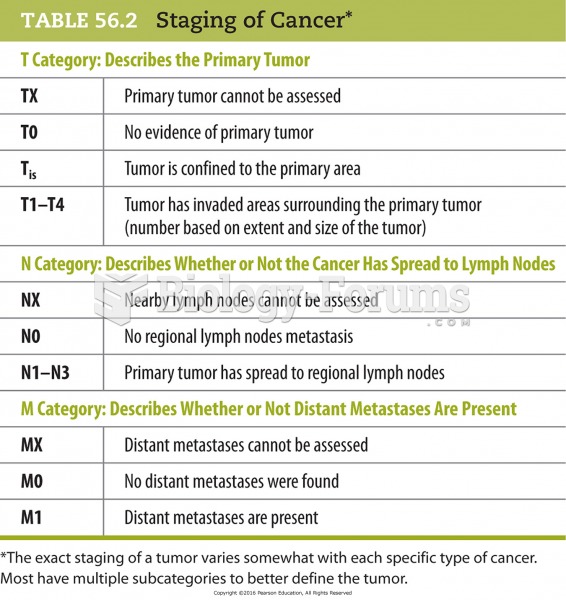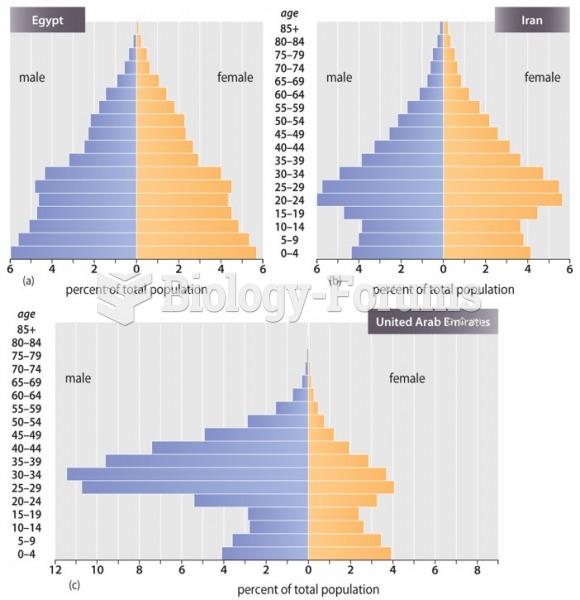Answer to Question 1
Frequencies, incidence rates and in some cases, prevalence rates for cancer in the population they serve can be used to develop cancer control programs, monitor the disease burden and how it differs between various groups in the population, map the disease burden, and generate hypotheses for studies to determine causes of cancer and cancer disparities. Through the use of stage data, areas of high stage can be identified for screening programs. Population-based cancer data are used to study potential cancer hot spots in a community and the relationship between cancer incidence and ecological factors. It also is used as a source of cases for case-control studies and cohort studies. Population-based cancer data provides data for patterns of care studies on a population level and for monitoring the survival of the population. National surveillance data can be used to compare across geographic areas and populations and also allows for examining rare cancers and small populations.
Answer to Question 2
The CoC, SEER, and NPCR all require edits that must be run on data to ensure that codes are valid and that code combinations make sense. The CoC requires cancer programs to have a quality control plan for the cancer registry data. Population-based cancer registries conduct visual review of data and casefinding and re-abstracting audits to ensure complete, high-quality data from reporting sources including hospital-based cancer registries. In addition, population-based registries compare cancer deaths from vital records to cancer incident records to identify potential missed cases from reporting facilities.







